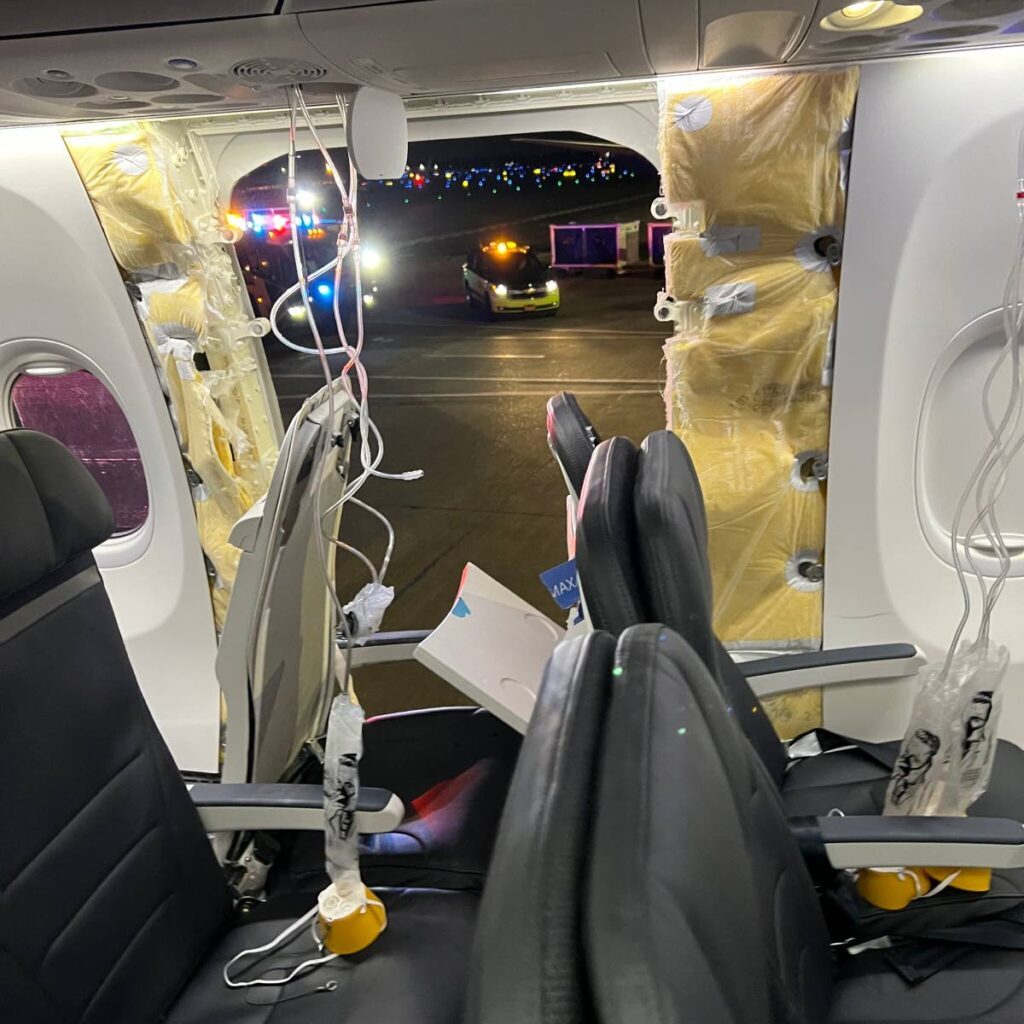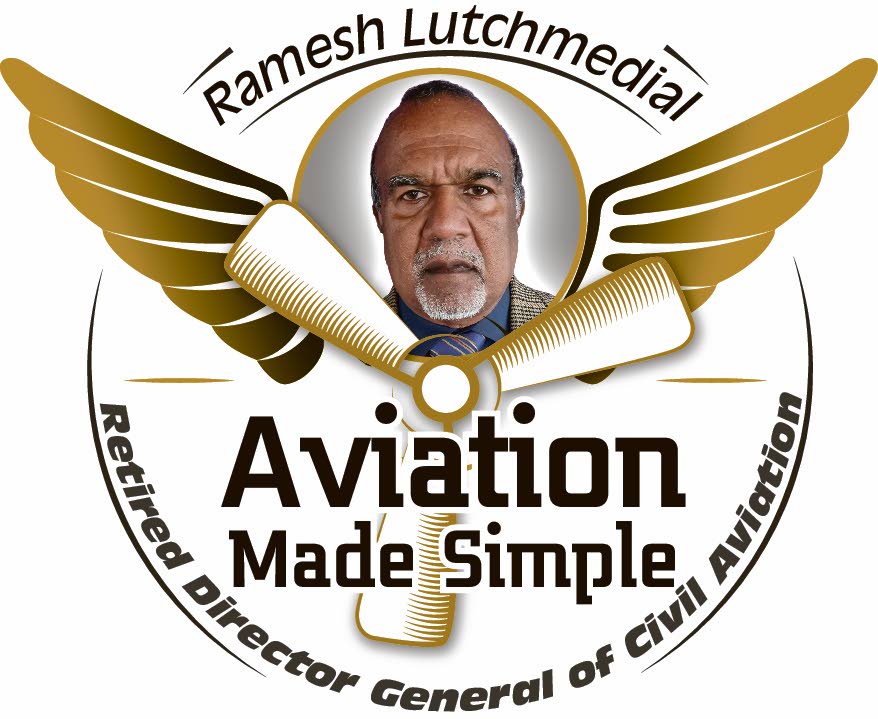Human factors in aviation accidents

For the year so far, there have been four “occurrences,” three aircraft accidents and one serious incident with human factors.
The first accident was on January 2, when a Japan Airlines Airbus A350-900, on landing at the Haneda Airport, Tokyo, collided with a De Havilland Canada Dash 8-Q300, operated by the Japan Coast Guard. The captain of the Dash 8 aircraft mistakenly believed that air traffic control (ATC) clearance had been given for the takeoff and taxied onto the runway. ATC recordings confirmed that the captain was instructed to hold short of the runway at a holding point on taxiway C5, as the Airbus A350 was already given clearance to land. Five of the six crew onboard the Dash 8 died in the collision, with only the captain surviving. Everyone on board the A350 survived. Both aircraft were destroyed in a fireball.
The second accident occurred on January 5 on an Alaska Airlines flight operated by a Boeing 737 MAX 9. Shortly after takeoff from Portland, Oregon to Ontario, California, and while the plane was climbing through 16,000 feet, a door plug blew out, causing an uncontrolled decompression of the aircraft. It returned to Portland for an emergency landing. All 171 passengers and six crew members survived, with three receiving minor injuries. An investigation of the accident by the National Transportation Safety Board (NTSB) is ongoing. A February 6 NTSB preliminary report said four bolts, intended to secure the door plug, were missing when the accident occurred.
The incident occurred on January 25 on Batik Air Indonesia Airbus A320 flight between Halu Oleo Airport, Kendari and Soekarno-Hatta International Airport, Jakarta, with 153 passengers and four flight attendants on board. At a cruising altitude of 36,000 feet, the captain asked for permission to rest. After the pilot’s nap, the pilot asked the co-pilot whether he wanted to rest, but the co-pilot declined and the captain went back to sleep. Several attempts by ATC to contact the aircraft went unanswered. The captain woke up to find that the aircraft was not on the correct flight path and took corrective action. He saw the co-pilot was asleep and woke him up. The co-pilot, father to month-old twins, later admitted to investigators his sleep quality had degraded because of the several wake-ups from the babies the night before the flight. The flight then continued on course and landed safely at Jakarta. No one was injured, and the plane was not damaged.
The third accident occurred on March 11 involving Chilean-based LATAM Airlines on a scheduled flight from Sydney, Australia to Auckland, New Zealand. Approximately two hours after departing Sydney, the Boeing 787-9 experienced an in-flight upset and nose-dived suddenly. Of the 272 people onboard, 50 were injured, with 12 people taken to hospital after landing in Auckland. This accident is being investigated by the Chilean aviation authorities. A preliminary investigation suggests a flight attendant serving a meal to the pilots accidentally bumped into a switch on the pilot’s seat causing the seat to move forward, knocking the pilot onto the control column and making the aircraft plunge.

Last Thursday, Boeing issued a memo recommending airlines inspect the Dreamliner’s cockpit seats at the next maintenance opportunity. In its memo, Boeing cautioned that closing a spring-loaded seatback switch guard onto a loose rocker switch cap could potentially jam the rocker switch, resulting in unintended seat movement.
The human element is the most flexible, adaptable and valuable part of the aviation safety chain. It is most vulnerable to influences which can adversely affect human performance, and is cited as a causal factor in the majority of aircraft accidents. Throughout the years, some three out of four accidents have resulted from less-than-optimal human performance, commonly called human error.
Early safety concerns in aviation addressed how humans were affected by noise, vibration, fatigue, heat, cold and acceleration forces. This gave rise to the study of human factors by the systematic application of human sciences such as psychology, engineering, industrial design, statistics, operations research and anthropometry to expand research into the more cognitive aspects of aviation tasks and the relationship between people and their activities.
Optimising the role of people in this complex working environment involves all aspects of human performance, including decision-making and other cognitive processes. The design of aircraft, cockpit displays, controls, cabin layout, computer software, maps, charts, aircraft operating manuals and checklists affect human performance. Human-factors knowledge is also increasingly used in staff selection, training and checking.
Human factors are multidisciplinary. Information is drawn from psychology to understand how people process information and make decisions. From psychology and physiology comes an understanding of sensory processes as the means of detecting and transmitting information about the world to us. The measures and movements of the body are essential in optimising the design and layout of cockpit controls, and other workplace characteristics of the cabin involve anthropometry and biomechanics. Biology and its increasingly important sub-discipline, chronobiology, are needed to understand the nature of the body’s rhythms and sleep, and their effects on night flying and time-zone changes.
While using these academic sources of knowledge, human factors are essentially concerned with solving practical problems in the real world. Human factors are problem-oriented rather than discipline-centred. Human factors are about people in their living and working situations and their relationship with machines, procedures, the environment and their relationships with other people.
Today, the training curricula for all pilots, flight attendants, engineers, air traffic controllers and accident investigators include a human-factors module. Also, human factors are a key area of focus during the investigation of all aircraft accidents and serious incidents. Using human-factor principles investigators identify the causal factors related to human performance that cause accidents. The goal is to develop, redesign, upgrade and deploy improved systems and procedures into the aviation working environment to optimise human performance and prevent a recurrence of a similar nature, thereby maintaining the highest levels of safety.


Comments
"Human factors in aviation accidents"